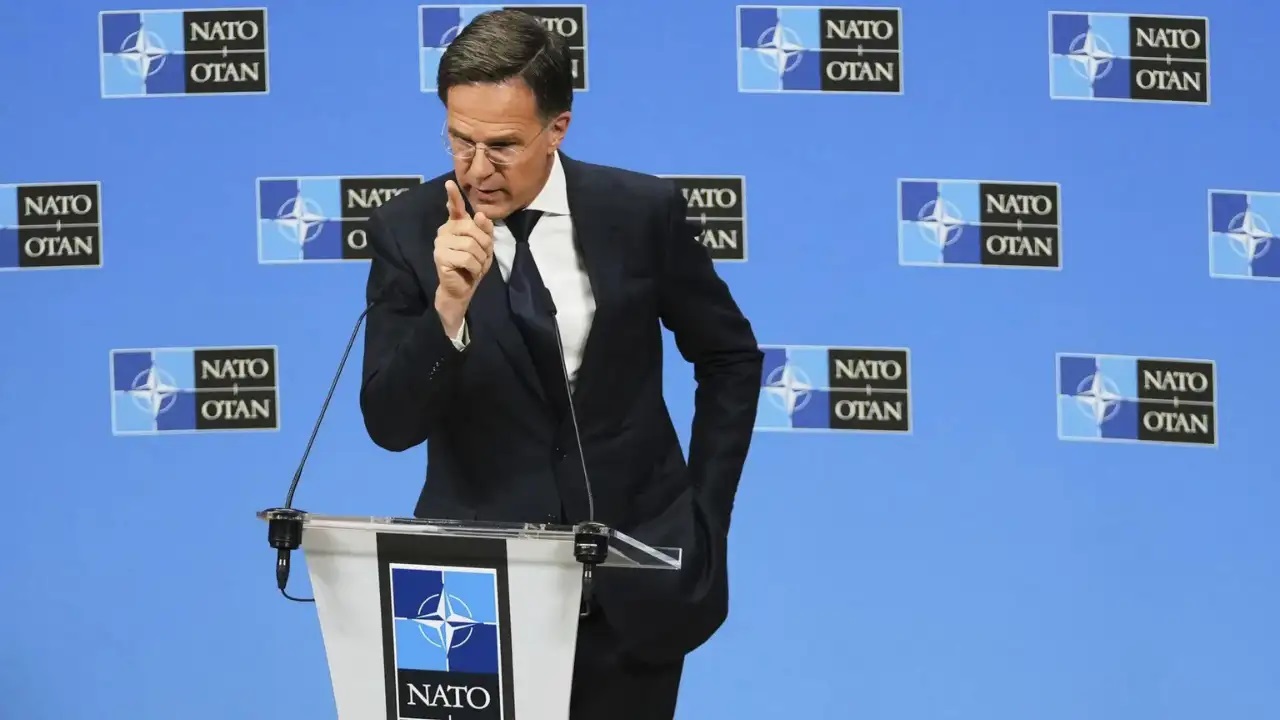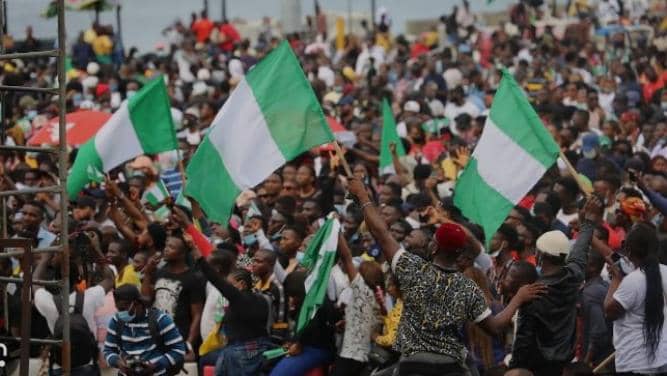News
400% increase in air defenses needed to counter Russian threats, says NATO chief

NATO Secretary General Mark Rutte is scheduled to deliver a critical speech at Chatham House in London on Monday, June 9, 2025, outlining the pressing need for a 400% upgrade in the alliance’s defense posture.
His address comes ahead of the upcoming NATO summit in The Hague, set for June 24–26, where key decisions on military spending and strategic planning will be made.
Push for Increased Defense Spending
Rutte is urging NATO member countries to significantly raise their defense expenditures, proposing a baseline of 3.5% of GDP dedicated to traditional military needs.
Additionally, he calls for an extra 1.5% to be allocated toward cyber defense and related technological infrastructure.
This aligns closely with former U.S. President Donald Trump’s advocacy for a 5% defense spending target among NATO members.
Although Rutte has acknowledged that the final agreement may land somewhat lower, he maintains that the level must be “considerably more than 3%” to meet current security demands.
At present, only 22 of NATO’s 32 member nations meet the existing 2% GDP defense spending benchmark.
Upgrading Military Capabilities
A central feature of Rutte’s proposal is a dramatic 400% increase in NATO’s air and missile defense capacity.
This reflects growing concern over Russia’s use of aerial attacks, especially in the war in Ukraine.
Rutte argues that enhancing air defenses is essential for effective deterrence, asserting that NATO must be better prepared to defend its skies against evolving threats.
In addition to air and missile defense, Rutte is advocating for the procurement of substantial quantities of military hardware.
This includes thousands of new armored vehicles, tanks, and millions of artillery shells.
He also emphasizes the need to double support functions such as logistics, transportation, supply chains, and medical units.
These upgrades aim to ensure NATO’s operational readiness in any potential large-scale conflict.
Russian Reaction and Regional Concerns
Rutte’s call for increased defense readiness comes at a time of heightened geopolitical tension with Russia.
Moscow swiftly responded to the announcement, with Kremlin spokesperson Dmitry Peskov denouncing NATO’s proposed military expansion as provocative and burdensome for European taxpayers.
Peskov contended that the perceived threat from Russia is being exaggerated for political purposes and warned that NATO’s moves could further destabilize regional security.
Western analysts, however, believe Russia remains a long-term threat even if the war in Ukraine ends. T
hey point to Moscow’s plan to maintain a military force exceeding 600,000 personnel and defense spending at about 6.5% of its GDP.
This continued militarization, NATO leaders argue, justifies the proposed increases in allied defense efforts, especially along the alliance’s eastern flank.
Responses from NATO Members
Within the alliance, discussions are intensifying over how best to respond to the growing security challenges.
Several nations are already moving toward higher military expenditures.
The United Kingdom, for example, has pledged to raise its defense budget to 2.5% of GDP by 2027, with a goal of reaching 3% in the early 2030s.
Meanwhile, Germany plans to increase its active-duty military personnel by 50,000 to 60,000 in order to meet NATO’s new force structure and capability requirements.
These national efforts are part of a broader push to restock depleted arsenals.
NATO members have significantly drawn down their weapons supplies to support Ukraine’s defense over the past three years, leading to an urgent need for replenishment.
Strategic Outlook and Summit Expectations
Rutte’s proposals reflect a broader strategic shift within NATO, one that emphasizes preparing for long-term security challenges rather than short-term crisis management.
His argument is that NATO must move beyond post-Cold War assumptions of peace and rearm to face a more volatile and dangerous world.
The summit in The Hague later this month will be crucial in determining the alliance’s next steps.
Member states will need to reach consensus not only on spending targets but also on how to prioritize resources and modernize defense systems.
The outcomes of these deliberations will likely set the trajectory for NATO’s military strategy for years to come.
Ultimately, Rutte’s message is clear: maintaining peace in the current global climate requires unprecedented unity and investment.
As the alliance faces new and enduring threats, the decisions taken now will determine NATO’s ability to respond effectively in the future.
For Diaspora Digital Media Updates click on Whatsapp, or Telegram. For eyewitness accounts/ reports/ articles, write to: citizenreports@diasporadigitalmedia.com. Follow us on X (Fomerly Twitter) or Facebook













